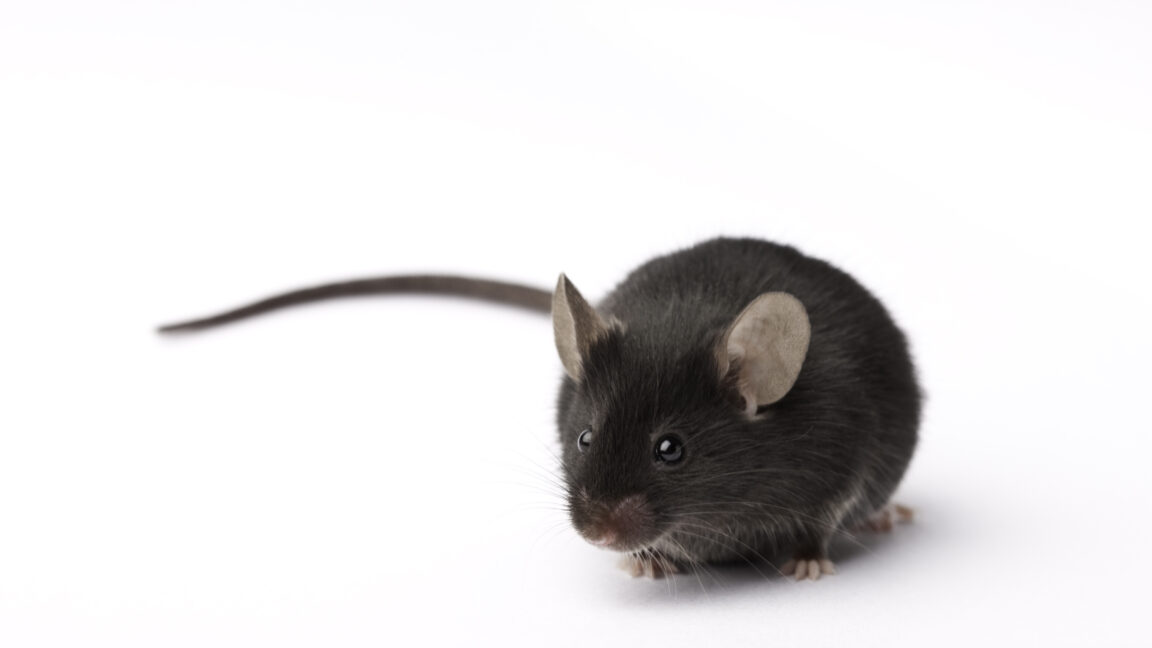
"The tellurium meshes can help macaques perceive infrared light, but their lower sensitivity than natural photoreceptors raises questions for future retinal prostheses."
"While implanted macaques demonstrated the ability to detect infrared, the need for an adaptation period parallels human experiences with electrode arrays."
Recent experiments with tellurium meshes on healthy macaques show they can perceive infrared light without affecting normal vision. However, there are significant challenges, such as the lower sensitivity of these prototypes compared to natural vision and the complex tasks of interpreting electrical signals that represent visual input. Mice and macaques need an adaptation period to effectively use the implants, indicating they must learn new signals, similar to prior experiences with electrode arrays. Surgical risks and potential complications also cast shadows on the technology's future viability, despite promising initial results.
Read at Ars Technica
Unable to calculate read time
Collection
[
|
...
]